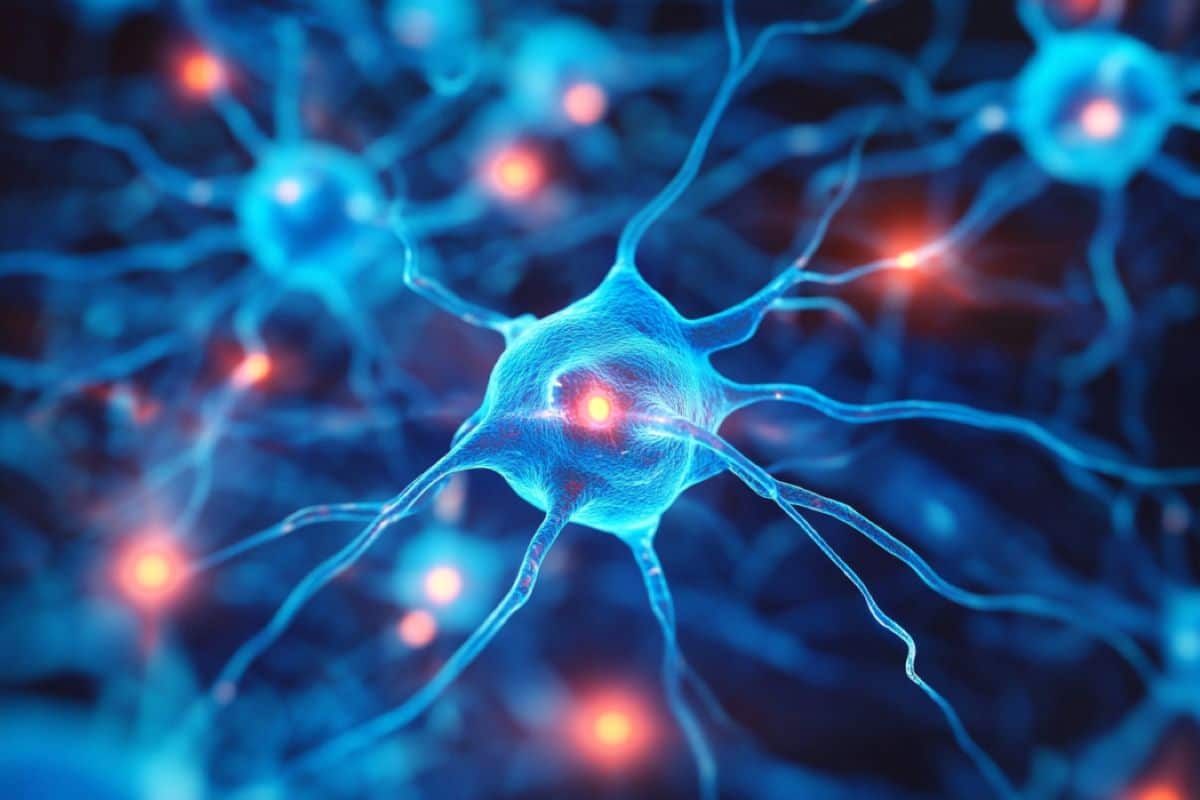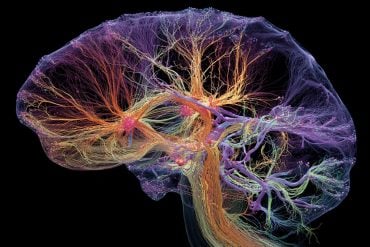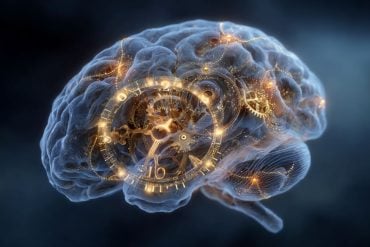Summary: Researchers have developed a noninvasive method called bioluminescent optogenetics (BL-OG), which uses light to activate neurons in the brain without the need for implanted devices. This new technique could transform treatments for neurological conditions like Parkinson’s disease by offering a safer alternative to deep brain stimulation.
The method uses a natural chemical reaction, similar to the glow of fireflies, to regulate brain activation. Researchers can precisely control the effects by adjusting the dosage of the substance, luciferin, which triggers the light activation.
Key Facts:
- BL-OG activates neurons using bioluminescence without invasive procedures.
- This technique offers potential for safer treatments in neurological disorders.
- Dosage of luciferin can fine-tune the brain activation effects.
Source: University of Rochester
University of Rochester researchers have demonstrated a noninvasive method using BL-OG, or bioluminescent optogenetics, that harnesses light to activate neurons in the brain.
The ability to regulate brain activation could transform invasive procedures such as deep brain stimulation that are used to treat Parkinson’s disease and other neurological conditions.
The advantage of this new technique is that it can create brain activation without the use of an implanted device in the brain to deliver physical light, according to Manuel Gomez-Ramirez, an assistant professor of brain and cognitive sciences and with the University’s Del Monte Institute for Neuroscience, and the senior author of the study, which appears in the journal NeuroImage.

“BL-OG is an ideal method for noninvasively teasing apart neural circuits in the brain,” says Emily Murphy, the first author of the study and manager of the Haptics Lab, led by Gomez-Ramirez. “There are still so many things to learn about the structure and function of distinct brain areas and neuronal cell types that will help us understand how healthy brains function.”
How to turn on a light—without a switch
To turn on light in the brain, researchers need a few tools. The first one is optogenetics, an established research technique that uses light to activate or inactivate cells in the brain. The next tool is bioluminescence, the same chemical reaction that gives a firefly its glow, which provides the light optogenetics needs to work.
Combining these tools creates the material needed for BL-OG. But in order to work, BL-OG still needs something to “turn on” the light. The organic substance luciferin, when combined with bioluminescence, creates light that activates the optogenetics and modulates cellular response in the brain without an incision.
Previous work by Gomez-Ramirez has shown that the chemical luciferin is harmless to the body.
The researchers in the Haptics Lab tested this combination. They put BL-OG into a pre-determined brain region in mice. They then injected luciferin through a vein in the animal’s tail to activate the targeted cells in the brain. They found that BL-OG effects occur rapidly in the brain, but that these effects could be controlled by scaling the dosage of the luciferin in the animal.
‘Fine-tuning’ bioluminescent optogenetics
“The advantage of this technique is we can create brain activation without a cable. There is less risk for infection and other things to go awry because it is a noninvasive method,” Gomez-Ramirez says.
“If we want to standardize this technique in the lab, and potentially in the clinic, it is critical to map all the important parameters around using it. These latest findings allow us to now work on fine-tuning the desired effects of BL-OG based on need and requirements.”
Researchers were also able to track the neuromodulation effects of BL-OG through the bioluminescent activity, another potential feature of this method that could provide insight into how the brain works.
Funding: The Alfred P. Sloan Foundation supported this research.
About this neurotech research news
Author: Kelsie Smith Hayduk
Source: University of Rochester
Contact: Kelsie Smith Hayduk – University of Rochester
Image: The image is credited to Neuroscience News
Original Research: Open access.
“Strength of Activation and Temporal Dynamics of BioLuminescent-Optogenetics in Response to Systemic Injections of the Luciferin” by Manuel Gomez-Ramirez et al. NeuroImage
Abstract
Strength of Activation and Temporal Dynamics of BioLuminescent-Optogenetics in Response to Systemic Injections of the Luciferin
BioLuminescent OptoGenetics (“BL-OG”) is a chemogenetic method that can evoke optogenetic reactions in the brain non-invasively. In BL-OG, an enzyme that catalyzes a light producing reaction (i.e., a luciferase) is tethered to an optogenetic element that is activated in response to bioluminescent light.
Bioluminescence is generated by injecting a chemical substrate (luciferin, e.g., h-Coelenterazine; h-CTZ) that is catalyzed by the luciferase.
By directly injecting the luciferin into the brain, we show that bioluminescent light is proportional to spiking activity, and this relationship scales as a function of luciferin dosage.
Here, we build on these previous observations by characterizing the temporal dynamics and dose response curves of bioluminescence generated by luminopsins (LMOs), a proxy of BL-OG effects, to intravenous (IV) injections of the luciferin.
We imaged bioluminescence through a thinned skull of mice running on a wheel, while delivering h-CTZ via the tail vein with different dosage concentrations and injection rates.
The data reveal a systematic relationship between strength of bioluminescence and h-CTZ dosage, with higher concentration generating stronger bioluminescence.
We also found that bioluminescent activity occurs rapidly (< 60 seconds after IV injection) regardless of concentration dosage.
However, as expected, the onset time of bioluminescence is delayed as the injection rate decreases. Notably, the strength and time decay of bioluminescence is invariant to the injection rate of h-CTZ.
Taken together, these data show that BL-OG effects are highly consistent across injection parameters of h-CTZ, highlighting the reliability of BL-OG as a minimally invasive neuromodulation method.






